5 Ways to Keep Your Native Plant Garden Looking Good All Year
http://www.decor-ideas.org 08/15/2015 06:13 Decor Ideas
People often have the illusion that gardens are static places, manicured and perfect, stable and constant. Some botanical and public gardens contribute to this idea, but they are highly stylized examples, with legions of workers and volunteers — which most of us don’t have access to. What can we do to maintain an aesthetically pleasing landscape year-round that’s also sustainable and a wildlife haven?
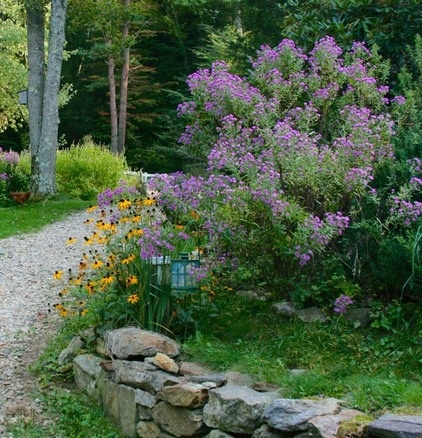
1. Begin with design planning. You know how asters tend to get leggy? That’s the chrysanthemum lace bug at work, and there’s not much you can do about it. What you don’t want to do is put those asters in the front of a border or near a path where everyone can see their bare, brown decaying bottoms. Underplanting with sedges (Carex spp.), grasses or other low-growing perennials is what you’ve got to do.
There’s black-eyed Susan (Rudbeckia hirta), a biennial and sometimes a triennial. But in late summer, if it’s near the end of its life, it’ll just go brown and die. It needs to be surrounded by other plants, especially plants that come online in late summer — say, sideoats grama (Bouteloua curtipendula), little bluestem (Schizachyrium scoparium) or aromatic aster (Symphyotrichum oblongifolium).
Some taller plants flop in a lush garden setting, so buttress them with other medium-high to tall plants. Think about and design for the issues that will come up down the road, and when you design your garden, those issues won’t make the garden appear worn, spent or generally unattractive.
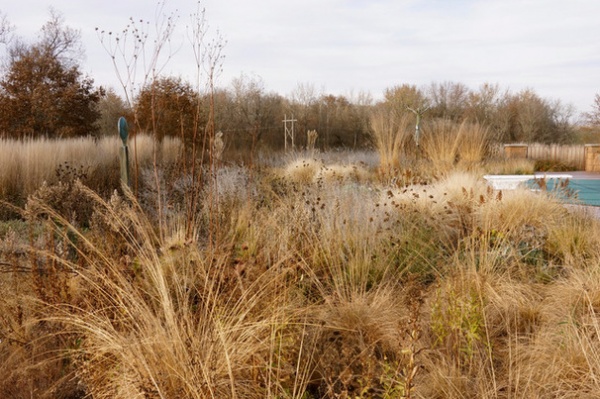
2. Redefine attractive. There’s growing awareness in landscape design of the value and beauty of seed heads, sedges, dried grasses and woody stems. For a long time, gardeners have been cutting down plants in autumn to maintain a neat or tidy look, but then you have to look at a moonscape for several months — not to mention the wildlife habitat you’ve eradicated for overwintering insects and birds seeking shelter.
Designing not just with winter in mind but intentionally for the winter garden season creates a landscape that’s full of intention and resonates with power for anyone experiencing it. Those rudbeckias that die back? Boy, do they have stunning jet-black seed heads. Indian grass is an upright stunner that maintains its flamboyant tops into spring. A “dead” garden can be as beautiful as one flush with Crayola color just months before.
See more reasons not to cut back your fall garden
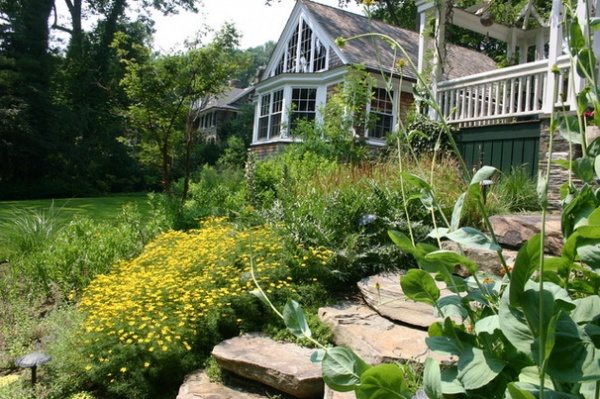
3. Use self-seeding as a jackpot and a scourge. I don’t know about you, but I find it helpful to let the plants tell me where they like to grow. Sometimes I’ll place something in a spot my research suggests is ideal, but then I find that it struggles or slowly moves — by roots or seeding — to a better spot where it thrives. This is not a defeat for a gardener wishing to maintain a cohesive and presentable, aesthetically pleasing landscape; it is a wonderful opportunity to engage with plants on their level.
Let some of your less architectural or anchor plants find their way around your garden. If seedlings pop up where you can’t stand them, toss them, move them or give them to your friends.
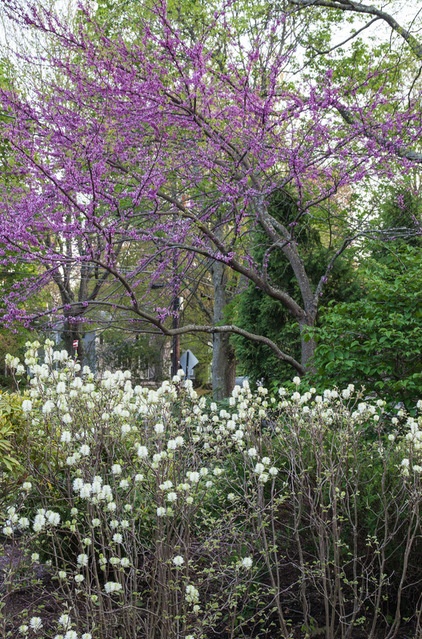
4. Let shrubs take up the perennial slack in spring. The spring cut-down exposes soil to light, which is necessary for new seedlings and awakens the dormant ones. It also exposes a naked design. I find spring the ugliest time in many of my landscaped areas, even if it doesn’t last but a month. There are two strategies to fix this: Go crazy with spring ephemerals and other early-blooming perennials, or think about adding flowering shrubs and small trees.
When my perennials are a foot tall at best, and the grasses are another month away from rocketing into the air, serviceberries, plums, chokeberries, ninebark, spicebush and viburnum carry the midspring weight — and not just because of their blooms. These shrubs add architectural structure and a vertical stretch of green that gives the garden the appearance of being further along than it is. A bonus is that they help the winter garden look good, too.
See how to grow more shrubs for your home garden
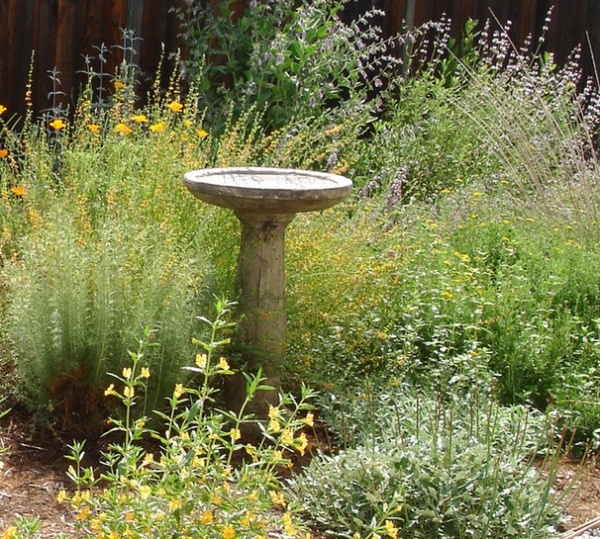
5. Celebrate the hard realities of life. Plants are a lot like us: They get sick, they get stressed and tired, they get lonely or overcrowded, and sometimes they just give up. I want to see us celebrate the realities of plants and gardens — the occasional broken stem, the monarda covered in mildew and the plants gone dormant too early in an unusually dry summer. When we embrace the realities of the natural world and stop fighting them with added watering or chemical inputs, we might find the garden an intrinsically more beautiful and inspiring place.
These are just a few ideas for how to maintain a healthy and vibrant-looking native plant garden over the seasons. What binds all of these strategies together is the principle of planting thickly and in communities of plants that are also found together in the wild. The benefits they give one another — often intangible and unseen to us — help them thrive and also provide an aesthetic that never falters or calls into question the skill or vision of the gardener.
More
What to do in your garden this month
7 Ways to Use Drifts and Masses in Your Garden
Related Articles Recommended












